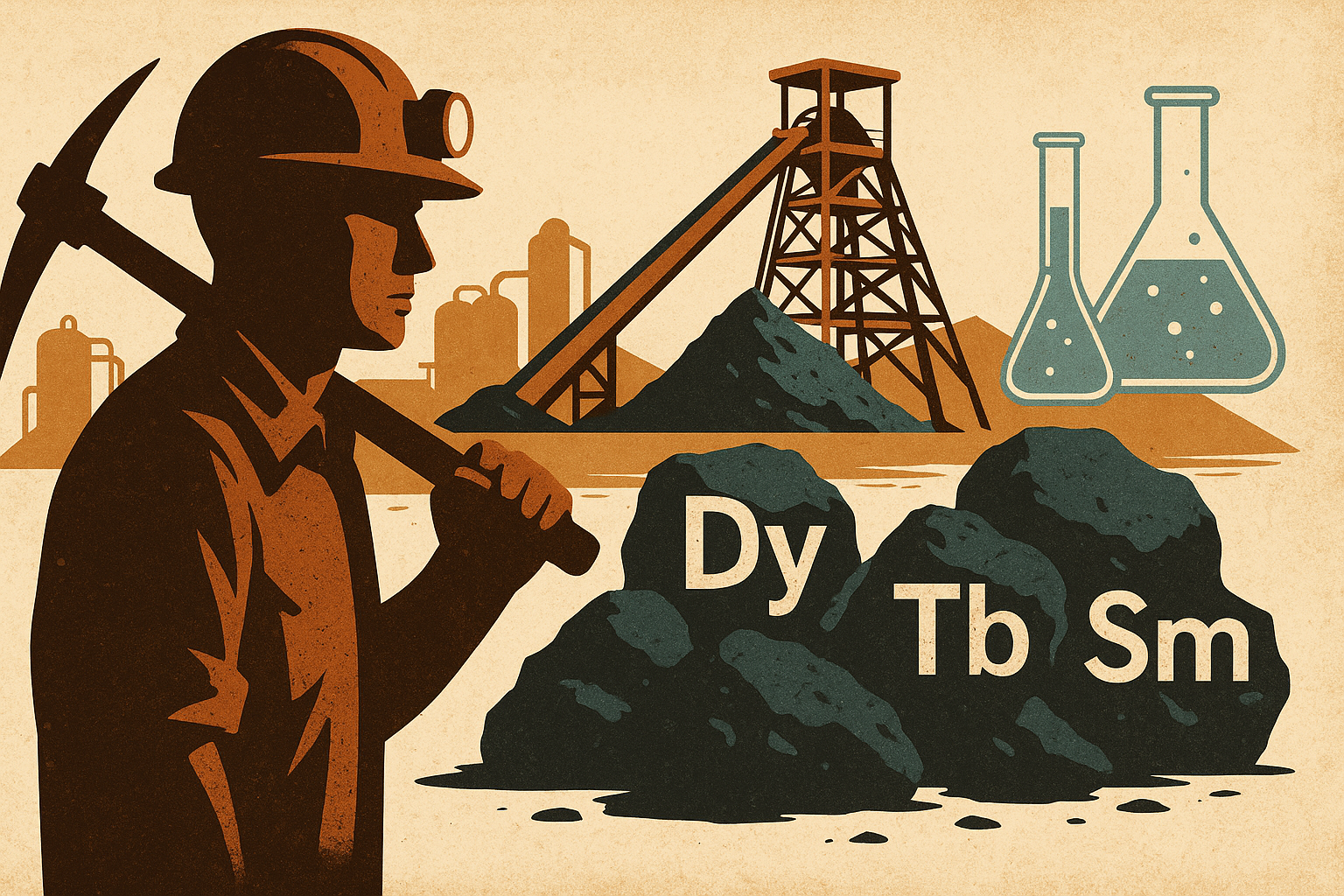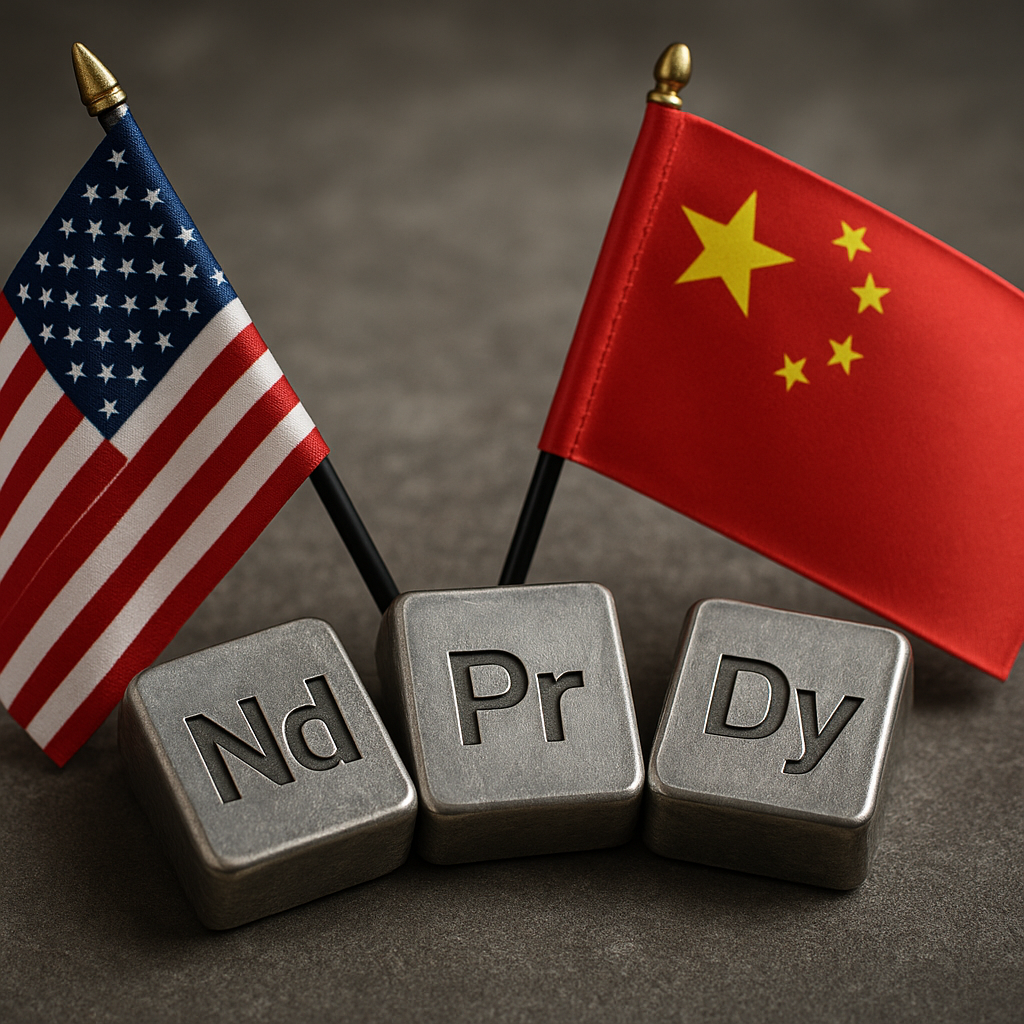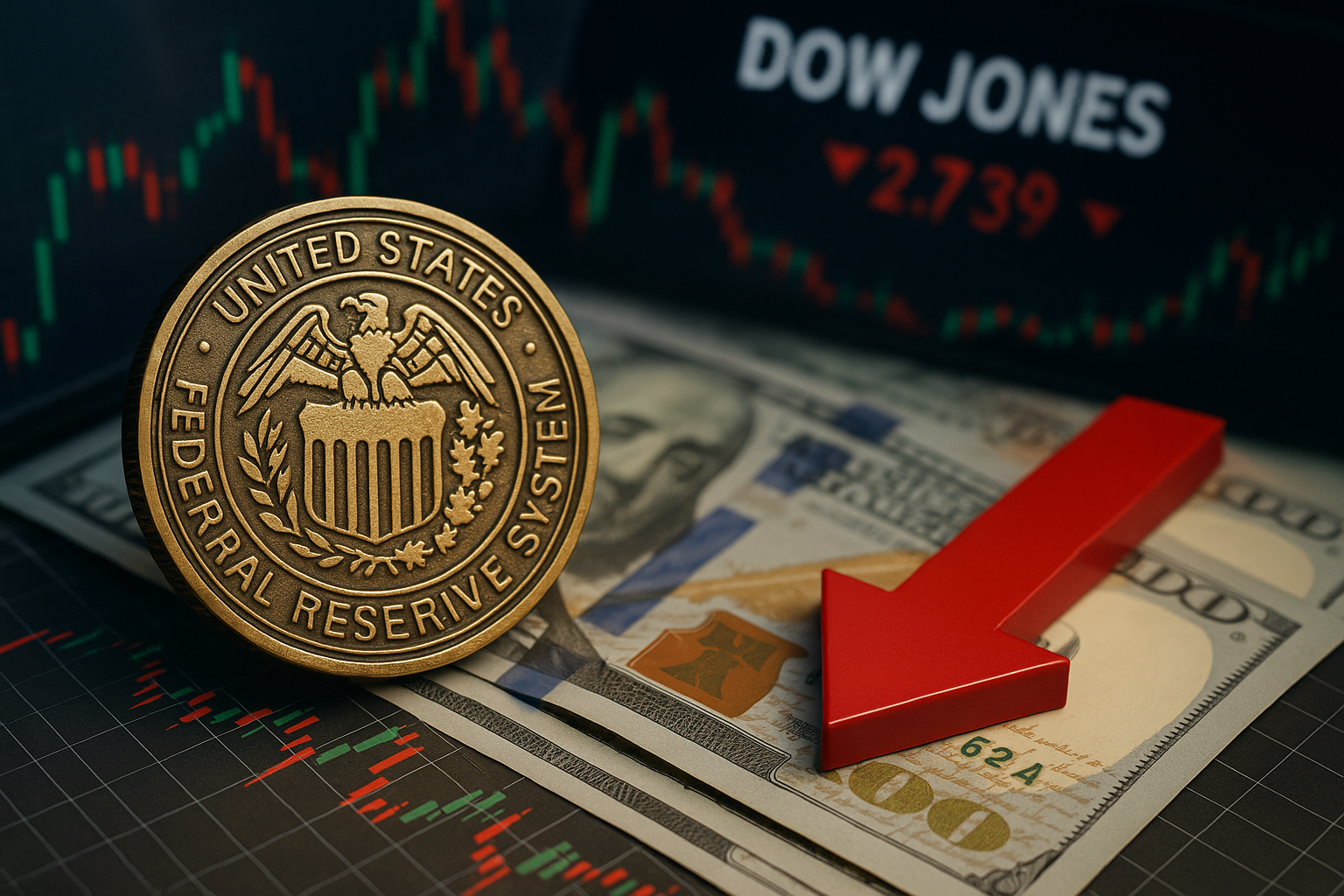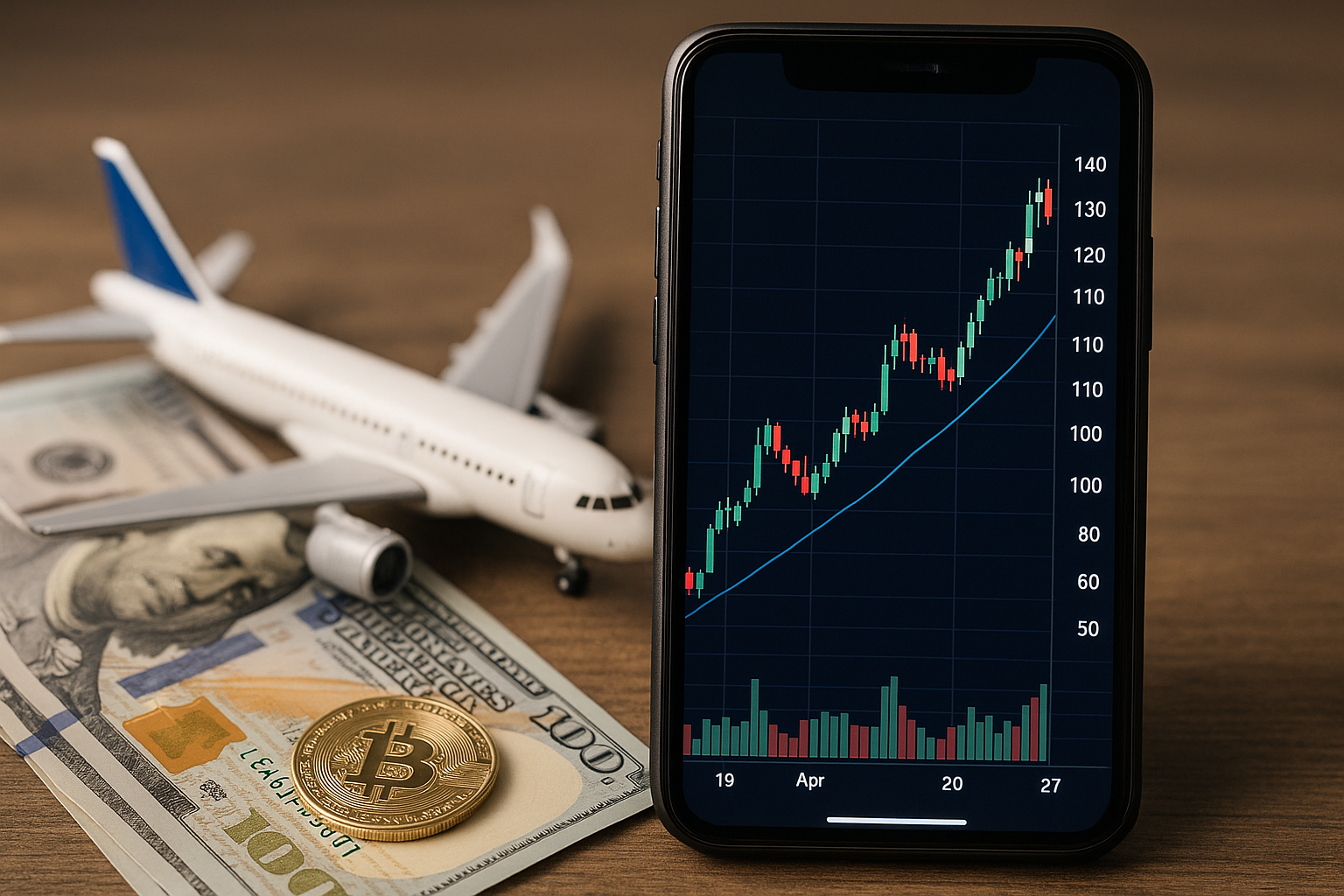As the global race to secure rare earth elements intensifies, Energy Fuels Inc. has taken a bold step forward. The company announced this week that it has commenced pilot-scale production of high-purity dysprosium oxide at its White Mesa Mill in Utah, marking a major milestone in North America’s push to reduce dependency on Chinese rare earth supplies.
With full-scale production targeted for late 2026, the move positions Energy Fuels (NYSE American: UUUU) as a leading contender in the emerging U.S. rare earth ecosystem—offering investors an early entry point into a strategically vital, high-growth sector.
Rare Earths: Strategic Metals for the Future
Rare earth elements (REEs) like dysprosium, terbium, and samarium are indispensable to a wide array of advanced technologies—from electric vehicles and wind turbines to missile guidance systems and permanent magnets used in data storage and robotics. As global demand for these applications accelerates, supply constraints and geopolitical risk have turned REEs into strategic commodities.
Currently, over 80% of global REE processing takes place in China. The U.S. Department of Energy and Department of Defense have both flagged rare earth independence as a national priority. In response, American companies with domestic capacity are gaining traction—and Energy Fuels is rapidly emerging as a frontrunner.
Why This Matters for Investors
According to the July 16 press release from Energy Fuels, the company has successfully produced dysprosium oxide from monazite sand at pilot scale, with laboratory assays showing high-purity output. The company also plans to produce other heavy rare earths, including terbium and samarium, in the coming months as part of its broader rare earth strategy.
What makes White Mesa unique is its ability to handle both radioactive and rare earth feedstocks—a dual-use capacity that few facilities outside China possess. This gives Energy Fuels an operational edge and flexibility in processing a variety of inputs, including recycled materials and uranium-bearing rare earth ores.
With rare earth prices volatile but trending upward—dysprosium oxide recently traded above $400/kg—Energy Fuels’ vertically integrated model could allow it to capture strong margins once scaled.
In a recent BloombergNEF report, demand for heavy REEs like dysprosium is projected to grow over 250% by 2035, driven by defense modernization and EV market penetration. That forecast supports Energy Fuels’ timing and underscores why investors should watch closely as the company moves toward commercial output.
Future Trends to Watch
1. U.S. Federal Backing and Strategic Partnerships:
Energy Fuels has already received Department of Defense funding for rare earth separation under Title III of the Defense Production Act. Additional public-private partnerships or loan guarantees could accelerate the path to full-scale operations.
2. Vertical Integration Across the Supply Chain:
Unlike many rare earth startups, Energy Fuels is building capabilities across the REE value chain—from monazite procurement to oxide separation and potential alloy production. This could attract both defense and commercial offtake agreements.
3. ESG and Sustainability Tailwinds:
The company’s focus on domestic, regulated, and lower-emission production aligns with the ESG priorities of institutional investors. Its plans for recycling and waste recovery could position it as a “clean REE” supplier in a sector traditionally criticized for environmental impact.
Key Investment Insight
Energy Fuels’ successful pilot marks a pivotal moment for the U.S. rare earth supply chain—and a potential inflection point for long-term investors. While still early in its commercialization timeline, the company’s asset base, regulatory tailwinds, and pilot results suggest it could evolve into a rare earth leader outside of China. Investors looking to gain exposure to critical minerals—and the energy transition’s raw material backbone—should consider this a company to monitor closely.
Stay with MoneyNews.Today for daily updates on emerging industries, resource security, and actionable opportunities in the global investment landscape.





